What is Corneal Sequestrum?
Feline corneal sequestrum is an unusual corneal disease unique to domestic cats. It refers to the development of an opaque, dark brown to black plaque on the cornea. This plaque is actually a dead piece of corneal tissue. Sequestra are usually oval to round; they vary in size, from very small to quite large, and can extend deep into the corneal tissue. Corneal sequestration can occur in cats of all ages and breeds.
Causes
The cause of feline sequestra is unclear. However, development of a sequestrum is often associated with corneal trauma, dry eye syndrome, abnormal eyelid conformation, and/or Feline Herpesvirus infection. Genetics and conformation may also be involved since there is a definite breed predisposition with Persian and Himalayan breeds being frequently affected.
Clinical Signs
Initial signs may be subtle and include signs of pain such as squinting, tearing, and elevation of the third eyelid. As the sequestrum develops the cornea turns from clear to brown or black. Blood vessels may extend from the edge of the eye to the sequestrum. In some cats the cornea surrounding the sequestrum can become infected or the sequestrum is so deep it may involve the entire thickness of the cornea. These cats are at risk of losing the eye.
Treatment
Since sequestra may be painful and can cause irreparable damage, surgical removal of the sequestrum is the treatment of choice. The surgical procedure to remove a sequestrum is called a lamellar keratectomy. This surgery is performed using an operating microscope, micro-surgical ophthalmic instruments, and with the patient under general anesthesia. A conjunctival grafting or corneal transplant may be recommended. Long term artificial tear supplementation in both eyes is recommended to prevent recurrence of the condition as well.
Prognosis
The prognosis for the eye to be free from pain and have normal clinical vision is good with surgery, especially if the sequestrum is removed at an early stage. However, sequestrum formation is the way an individual cat responds to corneal irritation, and additional episodes may occur in one or both eyes in the future. To help prevent any recurrences, notify your veterinarian or veterinary ophthalmologist immediately if any new eye injuries occur.

